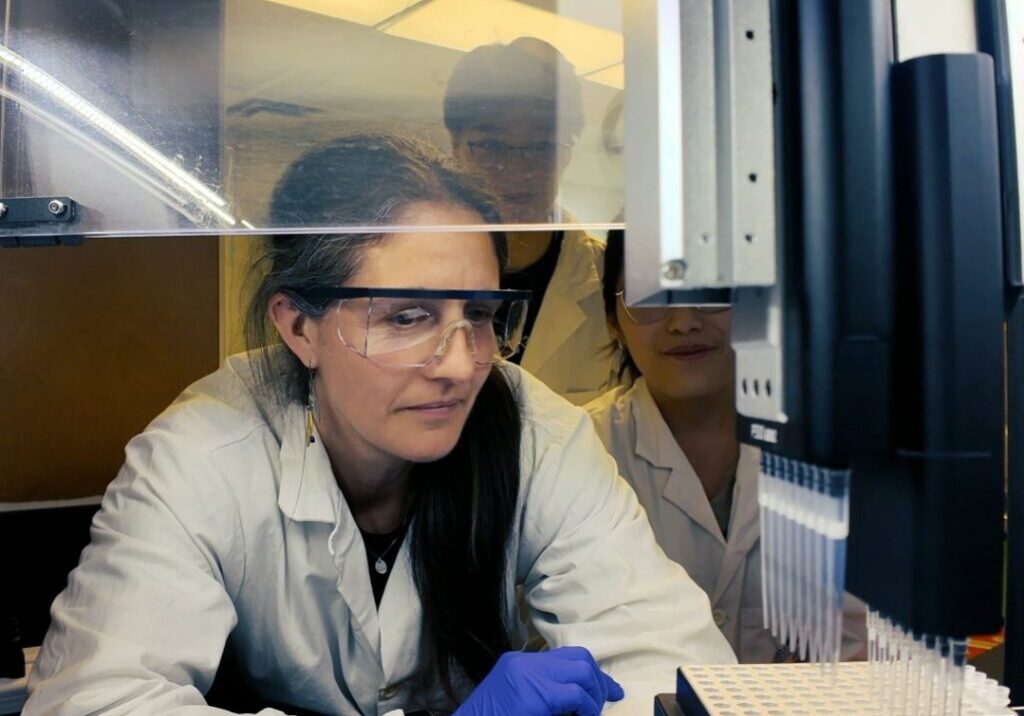
Engineered cardiac microtissues improve regenerative effectiveness
A team of researchers, led by Professor Milica Radisic at the University of Toronto’s Institute of Biomedical Engineering (BME), has developed a new approach to improve the effectiveness of stem-cell-based therapies for heart disease. By using engineered microtissues made from stem cell-derived heart cells, the researchers found they could significantly improve cell survival, enhance blood vessel formation, and reduce harmful inflammation when the tissues were implanted into animal models.
These findings, published in the latest issue of Cell Biomaterials, could help overcome major hurdles in cardiac tissue engineering and bring regenerative therapies closer to clinical use for patients recovering from heart attacks or living with heart failure.
A major hurdle to successful transplantation is to ensure that stem-cell-derived heart cells survive and function effectively. Traditional methods, which use dispersed cells, often result in poor engraftment due to immune rejection, insufficient blood supply, and inflammation.
To address these challenges, Radisic and her team created organized microtissues—small clusters of heart cells aligned between tiny pillars—that mimic the structure and function of natural heart tissue. These microtissues demonstrated better integration and performance compared to single-cell injections, offering a promising strategy for future cardiac repair.
"One of the persistent limitations in this field is that implanted cells don’t survive long enough to contribute meaningfully to heart repair," says Professor Milica Radisic, the study’s corresponding author. “By creating structured microtissues, we were able to support vascular growth and reduce the inflammatory response, both of which are essential for the success of cell-based therapies.”
To test their approach, the researchers assembled microtissues using human-induced pluripotent stem cell-derived cardiomyocytes (hiPSC-CMs) and cardiac fibroblasts. These were placed between soft silicone pillars to guide their alignment and development. Once mature, the microtissues were implanted into a vascular-rich tissue of rodent models.
Their results showed that, compared to animals that received dispersed cells, the microtissue implants showed better cell survival, stronger blood vessel formation, and lower markers of inflammation and cell damage.
“We saw clear evidence that the microtissue structure helped the heart cells survive and function better,” said Yimu Zhao, the study’s lead author. “This suggests that the physical environment in which we deliver cells plays a crucial role in their therapeutic potential.”
The team is now exploring ways to further improve their method, including co-culturing microtissues with pre-formed blood vessel networks and testing delivery strategies directly to the heart.
“We’re exploring whether combining our microtissues with pre-formed blood vessel structures before transplantation can help them integrate better, especially in damaged areas of the heart after a heart attack,” said Radisic. “We also want to better understand how the structure of these tissues affects cell survival and inflammation, and we’re testing ways like electrical stimulation to make the tissues stronger and more functional before they’re implanted.”
This study lays the foundation for more reliable and effective cardiac tissue engineering, and future research will focus on enhancing the maturation, integration, and delivery of these engineered tissues in larger animal models and eventually in human patients.









